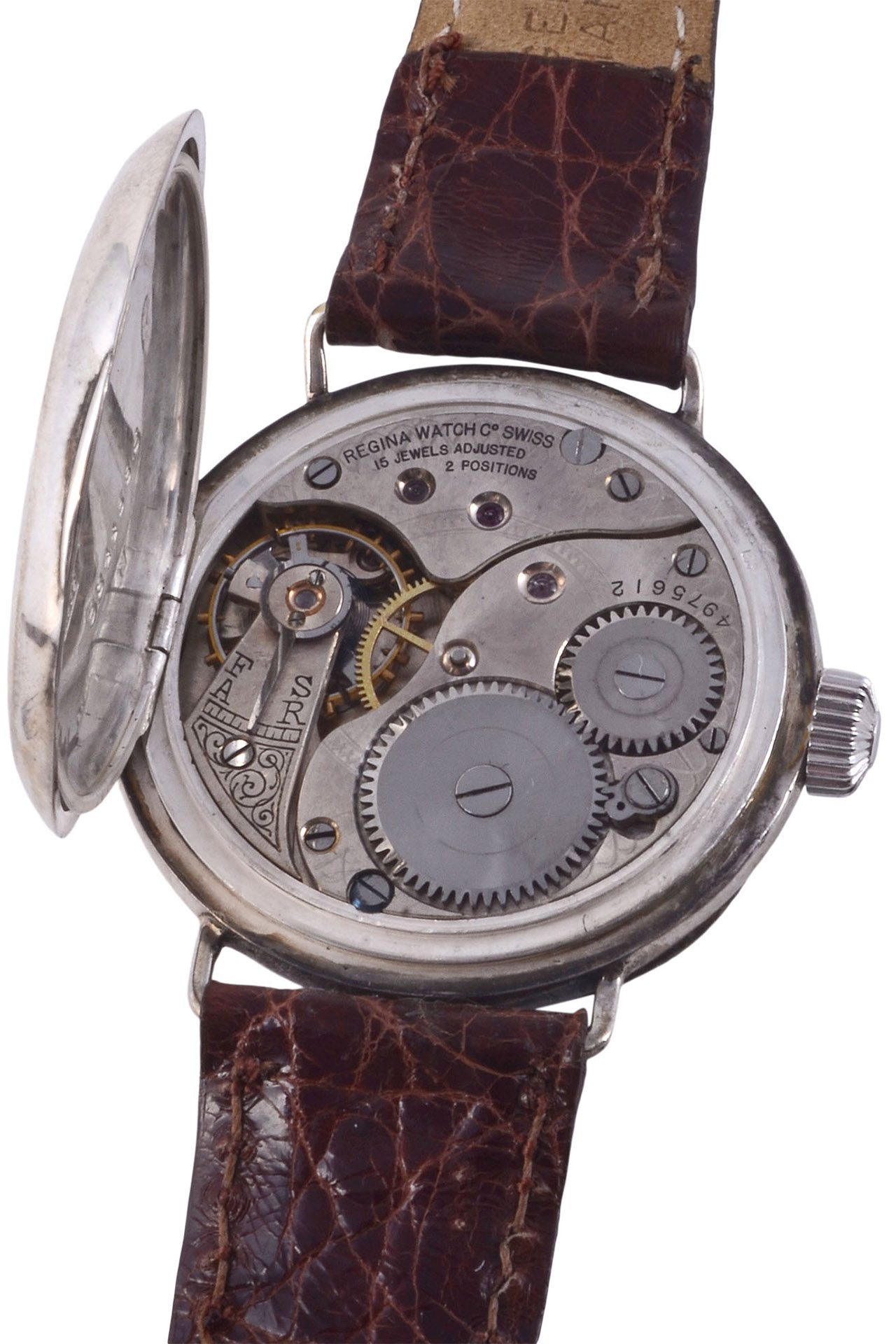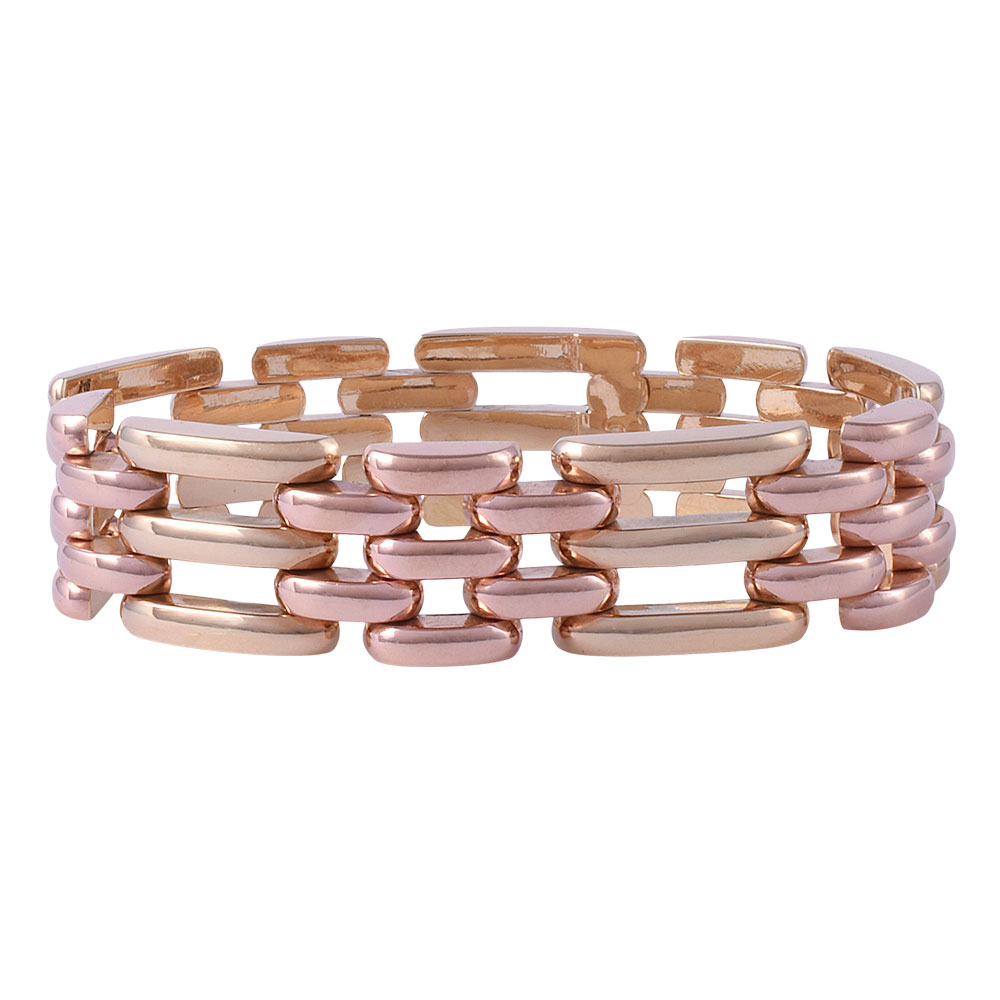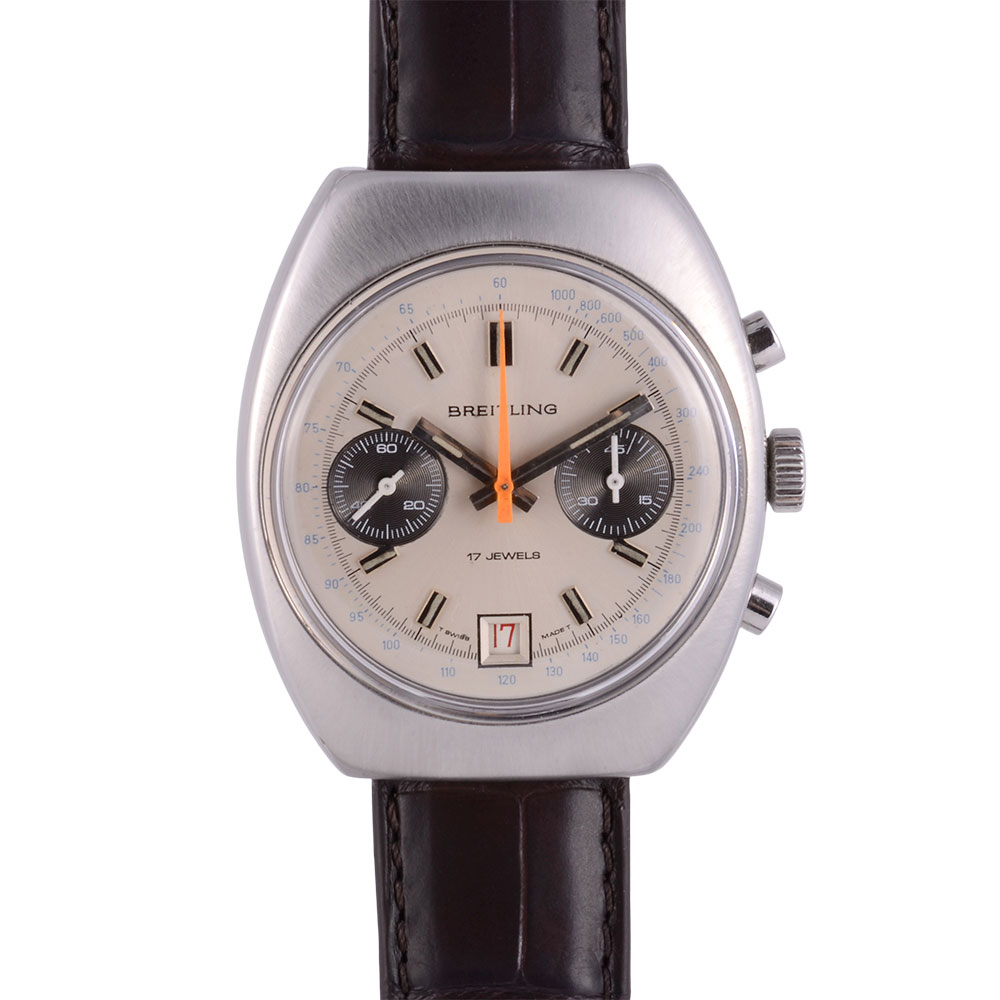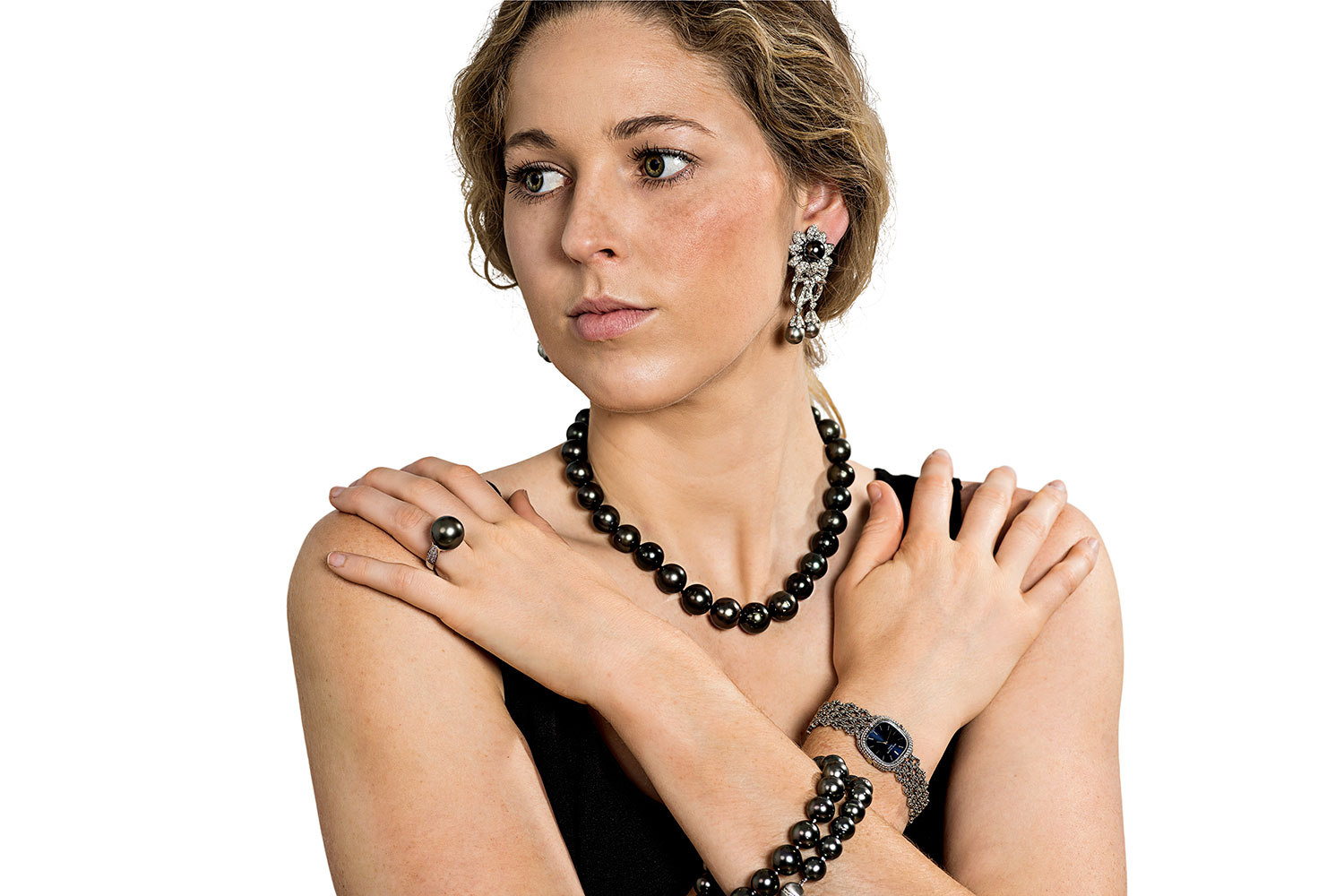Understanding the Anatomy of a Watch


The clock is unceasingly ticking, and all the while, time is passing by and seemingly decreasing. That said, you’re never too late to gain an education, especially about timepieces themselves. Those outside of the horologist industry and watchmaking world may not be familiar with common watch jargon.
Never fear—we’ve compiled a general guide on understanding the anatomy of a watch. Fortunately, the basic structural lingo is relatively simple to learn and keep knowledgeable about. Regardless of whether your own timepiece is classically vintage or ultimately modern, you’ll be speaking watch in no time.
The Movement: Heartbeat
This performance piece is the key component of keeping time. Essentially, the movement powers the watch’s comprehensive functions. Present-day timepieces traditionally come in four main movement styles. These styles are manual, automatic, quartz, and kinetic. Manual timepieces must be wound by hand, automatic winds itself, quartz winds regardless, and kinetic utilizes a rechargeable capacitor.
Vintage watches are unequivocally manual in nature. Ergo, these timeless timepieces are as accurate as their classic design allows them to be. Alongside their age and usage, variances in production tend to translate to unique timekeeping capabilities. Keep in mind that these movement distinctions may allow for more relaxed timekeeping, but the authenticity of their quality bars none.
The Framework: Watch Case
A watch case is the bulk of its anatomy—the home base of its core mechanical wonders. Within its safe interior are the inner workings of the movement. Case material tend to be metal—most fine watches, especially those that are vintage, are made out of steel, gold, silver, or platinum. Numerous pieces are attached to the framework case, such as the lugs, bezel, and crystal.
The Lugs
This component of the watch case attaches to the main body to hold the bands or bracelet in place. Similar in appearance to horns, lugs customarily come in various styles. Standard timepieces tend to have four arms or prongs extending out from the case body.
The Bezel and Crystal
The metal ring that lies on top of the watch case is known as the bezel—not to be confused with the protector crystal. The crystal is the clear piece covering the watch dial and hands. Each is essential for function and form in structure.
The Dial
The dial of a timepiece is likely the most recognizable component of a watch, as it features the hands indicating hours and minutes. This plate is the true centerpiece of understanding the anatomy of a watch.
The Stem and Crown
This package component deal sets and winds the inner mechanical mechanisms of a watch. Stems marry the movement on the inside, while crowns attach to the tops of stems for external control.
Vintage Timepieces: Timeless Anatomy
The unique look and feel of a naturally-aged watch are matchless to modernized pieces. For an unparalleled investment, shop Solvang Antiques’ premier collection of vintage and estate watches. Our timeless selection of vintage watches for sale come with warranties, most extending to 18 months from the date of purchase.
Each timepiece is fully restored and functional, emulating its own story and value. Browse our available classic wrist watches or pocket watches to add to your collection today.



